Home>Storage Ideas>Kitchen Storage>How To Plan Kitchen Lighting: Tips For Designing A Kitchen Lighting Layout
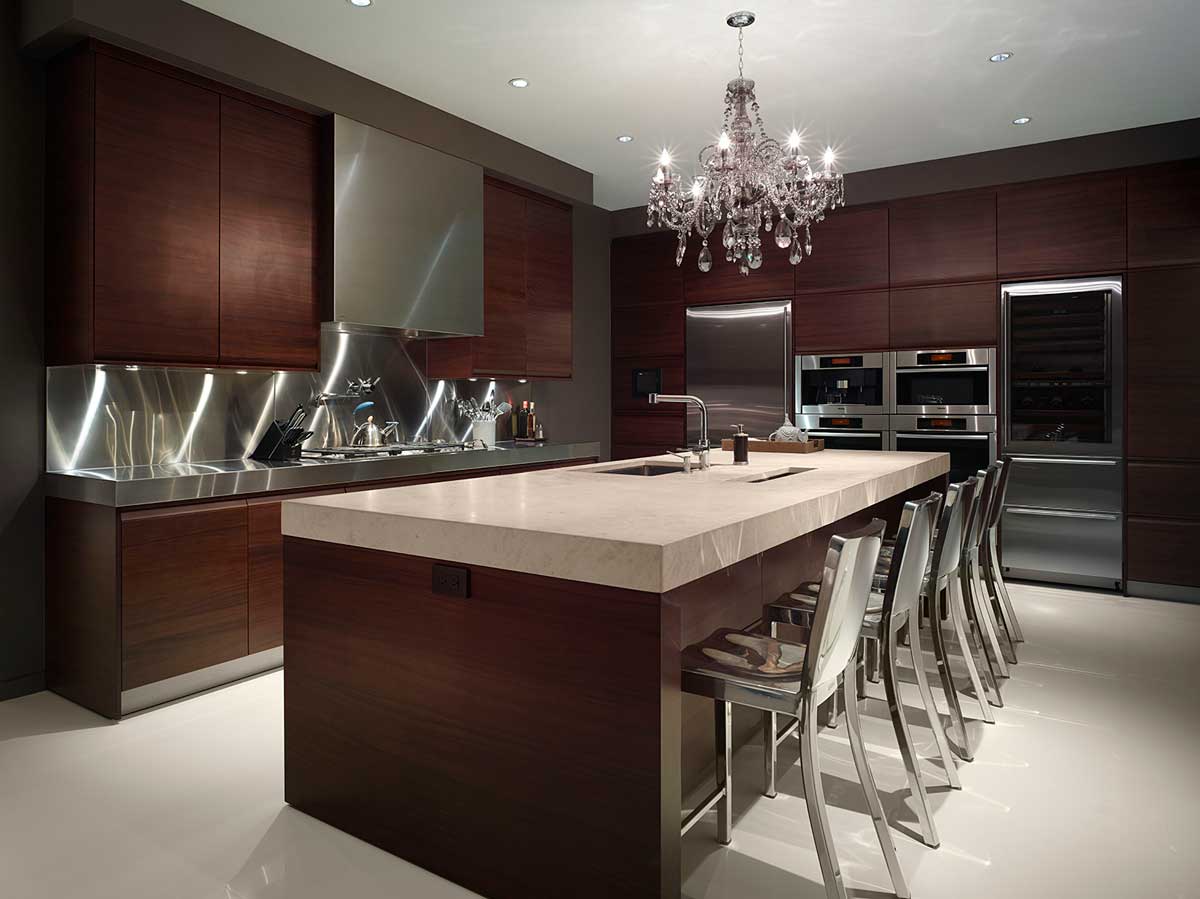

Kitchen Storage
How To Plan Kitchen Lighting: Tips For Designing A Kitchen Lighting Layout
Modified: October 20, 2024
Learn how to plan your kitchen lighting with these expert tips. Design your kitchen lighting layout for maximum functionality and style. Get inspired with our kitchen storage ideas.
(Many of the links in this article redirect to a specific reviewed product. Your purchase of these products through affiliate links helps to generate commission for Storables.com, at no extra cost. Learn more)
Introduction
Welcome to our comprehensive guide on how to plan kitchen lighting. Designing the lighting layout for your kitchen is an important step in creating a functional and visually appealing space. It sets the mood, enhances safety, and helps you perform various tasks with ease. Whether you are remodeling your kitchen or starting from scratch, understanding the different types of kitchen lighting and how to incorporate them effectively will ensure that your kitchen is well-illuminated and a joy to work in.
Proper kitchen lighting not only provides essential illumination for cooking and food preparation, but it also adds character and style to the space. From task lighting that focuses on specific work areas to ambient lighting that sets the overall mood, and accent lighting that highlights architectural features or decorative elements, a well-planned lighting design can transform your kitchen into a welcoming and functional space.
However, planning kitchen lighting can be overwhelming if you don’t know where to start. That’s why we have created this guide to help you through the process. Whether you’re a DIY enthusiast or working with a professional, understanding the key aspects of kitchen lighting design will enable you to make informed decisions and create a lighting layout that suits your needs and preferences.
In this guide, we will take you through the essential steps in planning your kitchen lighting. We’ll explore the different types of lighting you should consider, how to choose the right fixtures and light bulbs, and how to create a well-balanced lighting plan. We’ll also cover important considerations such as wiring and electrical requirements, adding dimmers and controls, and integrating natural light into your design.
By the end of this guide, you’ll have a clear understanding of how to design a kitchen lighting layout that not only meets the functional requirements of your space but also enhances its aesthetic appeal. So let’s dive in and start planning your kitchen lighting!
Key Takeaways:
- Create a well-balanced kitchen lighting layout by strategically combining task, ambient, and accent lighting to enhance functionality and aesthetics, ensuring a welcoming and efficient space for all your culinary activities.
- Incorporate natural light, energy-efficient bulbs, and dimmers to elevate the ambiance and energy efficiency of your kitchen, creating a bright, inviting, and sustainable environment for cooking and gathering.
Understanding Kitchen Lighting
Before you start planning the lighting layout for your kitchen, it’s important to have a basic understanding of the different types of kitchen lighting and their purposes. Each type of lighting serves a specific function, and combining them strategically will ensure that your kitchen is well-lit and serves its intended purposes. Let’s take a closer look at the three main types of kitchen lighting:
- Task Lighting: Task lighting is focused lighting that provides illumination for specific areas where you perform tasks such as chopping vegetables, reading recipes, or cooking on the stovetop. It should be bright and directed to the work surface to reduce shadows and enhance visibility.
- Ambient Lighting: Ambient lighting, also known as general lighting, is the overall illumination that fills the entire space. It provides a comfortable and uniform level of light, allowing you to move around the kitchen safely. It is typically achieved through overhead lights or recessed lighting fixtures.
- Accent Lighting: Accent lighting is used to highlight specific areas, objects, or architectural features in your kitchen. It adds depth and visual interest to the space. Accent lighting can be achieved through the use of spotlights, track lighting, or strip lighting installed above or below cabinets or shelves.
By combining these three types of lighting, you can create a well-balanced and functional kitchen lighting layout. Task lighting ensures that you have ample light to perform specific tasks, ambient lighting fills the entire space with a comfortable level of illumination, and accent lighting adds a layer of visual interest and enhances the overall aesthetic appeal of your kitchen.
It’s worth noting that kitchen lighting design is not limited to a single type of lighting in each category. You can incorporate multiple fixtures and sources to achieve the desired lighting effect. For example, in terms of task lighting, you may have under-cabinet lighting for countertop tasks, pendant lights for your kitchen island, and recessed lights for your main work area.
Understanding the different types of kitchen lighting and their purposes will help you make informed decisions when it comes to choosing the right fixtures and planning their placement. So, let’s move on to the next step and assess your specific lighting needs for your kitchen.
Assessing Your Lighting Needs
Before you dive into selecting fixtures and planning the layout, it’s crucial to assess your specific lighting needs in the kitchen. Every kitchen is unique, and understanding how you use the space and what activities take place will guide your lighting choices. Here are some factors to consider:
- Functionality: Think about the primary functions of your kitchen. Do you do a lot of cooking and food preparation? Do you entertain guests in the kitchen? Identifying the main activities that take place in your kitchen will help you determine the areas that require task lighting and where additional lighting may be needed.
- Layout and Size: Take note of the layout and size of your kitchen. Larger kitchens may require more lighting fixtures to ensure adequate coverage throughout the space. Consider the placement of work surfaces, islands, dining areas, and any other features that may require specific lighting attention.
- Style and Atmosphere: Consider the overall style and atmosphere you want to create in your kitchen. The lighting choices can greatly impact the ambiance. For example, if you want a warm and cozy atmosphere, you may lean towards warm-toned bulbs and soft, diffuse lighting. If you prefer a contemporary and crisp look, you may opt for bright, white lighting with clean lines.
- Personal Preferences: Remember to consider your personal preferences. Some people may prefer brighter lighting for better visibility, while others may prefer softer lighting for a relaxed and inviting atmosphere. Customizing the lighting to your liking will ensure that you are comfortable and satisfied with the end result.
By assessing your lighting needs, you’ll have a clear understanding of where and how much lighting is required in your kitchen. This knowledge will help you make informed decisions when it comes to selecting the types of lighting fixtures and bulbs that will best meet your needs.
Now that you have assessed your lighting needs, it’s time to explore the different types of kitchen lighting in more detail and understand how to incorporate them effectively into your kitchen design. In the next section, we’ll delve into task lighting, providing you with insights on how to illuminate specific work areas in your kitchen. So, let’s move forward and shed light on task lighting!
Types of Kitchen Lighting
When it comes to designing the lighting for your kitchen, it’s essential to consider the different types of lighting and how they can be used to create a well-lit and functional space. By combining various types of lighting, you can achieve the right balance of illumination and ambiance, making your kitchen both visually appealing and practical. Let’s explore the three main types of kitchen lighting in more detail:
- Task Lighting: Task lighting is crucial for illuminating specific work areas where you perform tasks such as food preparation, cooking, and reading recipes. It provides focused and concentrated light, reducing shadows and enhancing visibility. Common fixtures used for task lighting include under-cabinet lights, pendant lights, and track lights. Installing task lighting in areas such as above the countertop, stove, and sink ensures that you have ample illumination for your day-to-day activities in the kitchen.
- Ambient Lighting: Ambient lighting serves as the overall lighting foundation for your kitchen. It provides a comfortable level of illumination, filling the entire space with light. Common fixtures used for ambient lighting include recessed lights, ceiling-mounted fixtures, and chandeliers. Ambient lighting creates a pleasant and well-lit atmosphere, allowing you to move around the kitchen safely. It is important to ensure that the ambient lighting is evenly distributed throughout the space to avoid any dark spots or areas with excessive glare.
- Accent Lighting: Accent lighting is used to highlight specific features or areas in your kitchen, adding depth and visual interest. It can be used to showcase decorative elements, architectural details, or focal points. Common fixtures used for accent lighting include spotlights, strip lights, and track lights. With accent lighting, you can draw attention to your kitchen backsplash, display shelves, artwork, or any other unique features that you want to highlight. It adds a layer of sophistication and can create a dramatic effect in your kitchen design.
By incorporating these three types of lighting strategically, you can create a well-balanced and functional lighting layout for your kitchen. Task lighting ensures that you have adequate light for specific tasks, ambient lighting provides overall illumination, and accent lighting adds style and visual appeal. Keep in mind that the types of lighting you choose will depend on your individual needs and the layout of your kitchen.
In the next sections, we will explore each type of lighting in more detail, covering selection tips and considerations for fixtures and light bulbs. By understanding the specific features and benefits of each type of lighting, you will be able to make informed decisions and create a lighting design that suits your style and requirements. So, let’s dive deeper into task lighting and discover how to illuminate your work areas effectively!
Task Lighting
Task lighting is an essential component of kitchen lighting design as it provides focused illumination for specific work areas where you perform tasks such as food preparation, cooking, and reading recipes. Proper task lighting ensures that you have sufficient light to work efficiently and safely in the kitchen. Here are some key points to consider when incorporating task lighting into your kitchen:
- Under-Cabinet Lighting: One of the most popular options for task lighting is installing lights underneath the kitchen cabinets. These lights are positioned directly above the countertops, providing focused illumination for chopping vegetables, measuring ingredients, and other food preparation tasks. LED strip lights, puck lights, or linear light bars are commonly used for under-cabinet lighting, and they come in various lengths and colors to suit your preferences.
- Pendant Lights: Pendant lights are another great option for task lighting, especially if you have a kitchen island or a dining area within your kitchen space. By hanging pendant lights above the island or dining table, you can create a dedicated and well-lit space for meal preparation and dining. Pendant lights come in various styles and designs, allowing you to choose fixtures that match your kitchen’s aesthetic.
- Track Lighting: Track lighting is a versatile option that allows you to position multiple light fixtures along a track. This type of lighting can be directed towards specific areas, making it ideal for creating a well-lit workstation. Track lighting is adjustable, so you can easily move and reposition the lights to suit your needs. It is a popular choice for kitchens with open shelving or areas that require flexible illumination.
- Recessed Lights: Recessed lights, also known as can lights or downlights, are installed into the ceiling and provide direct downward lighting. They are a clean and unobtrusive choice for task lighting, making them suitable for kitchens with low ceilings or limited space for pendant lights or track lighting. Recessed lights can be strategically placed above work surfaces, such as countertops and stoves, to provide focused illumination.
When selecting fixtures for task lighting, it’s important to consider the brightness and color temperature of the light bulbs. For task lighting, it’s recommended to use bulbs with a cooler color temperature (around 4000K to 5000K) to provide bright white light that aids in concentration and visibility. LED bulbs are energy-efficient and long-lasting, making them an excellent choice for task lighting fixtures.
By incorporating task lighting into your kitchen design, you ensure that your work areas are well-illuminated, allowing you to perform tasks efficiently and safely. When planning the placement of task lighting fixtures, consider the specific areas where you’ll need the most light, such as above the stove, sink, and countertop workspaces. Additionally, ensure there is sufficient clearance between the fixtures and any cabinets or appliances to avoid shadows or blockages of light.
Now that you have a better understanding of task lighting, you can move on to exploring the other types of kitchen lighting, including ambient lighting and accent lighting. Each type of lighting serves a different purpose and contributes to a well-rounded and visually appealing kitchen lighting design. So, let’s continue our journey and shed light on ambient lighting!
Ambient Lighting
Ambient lighting, also known as general lighting, is a crucial element in kitchen lighting design. It provides overall illumination to the entire space, creating a comfortable and well-lit environment. Ambient lighting forms the foundation of your kitchen lighting scheme and helps ensure that no areas are left in shadow. Here are some key considerations for incorporating ambient lighting in your kitchen:
- Recessed Lighting: One of the most common choices for ambient lighting is recessed lighting. These fixtures are installed into the ceiling and provide uniform illumination throughout the space. Recessed lights are versatile and can be strategically placed to evenly distribute light in different areas of the kitchen. They are particularly suitable for kitchens with low ceilings or limited space for other types of fixtures.
- Ceiling-Mounted Fixtures: Ceiling-mounted fixtures, such as flush-mount or semi-flush mount lights, are popular choices for ambient lighting. These fixtures are directly mounted on the ceiling, providing overall illumination without intruding into the space. They come in various designs and styles, allowing you to select fixtures that complement your kitchen’s aesthetic.
- Chandeliers: Chandeliers are an elegant option for ambient lighting in larger kitchens or kitchen-dining areas. They add a touch of sophistication and serve as a focal point in the space. Chandeliers are available in a range of designs and sizes, allowing you to choose a fixture that suits your personal style and the overall theme of your kitchen.
- Track Lighting: While often associated with task lighting, track lighting can also be used for ambient lighting. By pointing the adjustable heads towards the ceiling or walls, track lighting can bounce light off surfaces and create a soft glow. This can be especially effective in kitchens with high ceilings or open-concept layouts.
When selecting fixtures for ambient lighting, consider the size and layout of your kitchen. The number and spacing of fixtures will depend on the size of the space and the amount of light required. It’s also important to choose bulbs with a warm color temperature (around 2700K to 3000K) to create a comfortable and inviting ambiance in the kitchen.
In addition to selecting the right fixtures, it’s crucial to ensure even distribution of ambient lighting throughout the kitchen. Avoid gaps or dark spots by strategically placing fixtures in key areas. If possible, use a combination of fixtures to provide a well-balanced and uniform level of illumination. With proper ambient lighting, you can create a welcoming and functional environment where you can move around the kitchen with ease.
Ambient lighting sets the overall mood and atmosphere in your kitchen. It creates a warm and inviting space for family gatherings, entertaining guests, or simply enjoying a meal. However, ambient lighting alone may not be sufficient for specific tasks or accentuating certain features. In the next section, we will explore accent lighting and how it can enhance the visual appeal of your kitchen. So, let’s continue our journey and shed light on accent lighting!
Accent Lighting
Accent lighting is a fantastic way to add depth, visual interest, and a touch of drama to your kitchen. It focuses on highlighting specific features, objects, or areas to create a captivating and dynamic space. By incorporating accent lighting into your kitchen design, you can draw attention to architectural elements, decorative items, or focal points. Here are some key considerations for incorporating accent lighting:
- Spotlights: Spotlights are a popular choice for accent lighting as they provide a focused and directional beam of light. You can use spotlights to highlight artwork, a feature wall, or a statement piece in your kitchen. Adjustable spotlights allow you to easily change the direction of the light to focus on different areas as needed.
- Strip Lighting: Strip lighting is a versatile option to add a subtle glow and highlight specific areas in your kitchen. It is commonly used to illuminate the underside of cabinets, creating an elegant and inviting ambiance. Strip lighting can also be installed along the baseboards or toe kicks, adding a touch of sophistication and creating a floating effect.
- Track Lighting: Track lighting, known for its flexibility, can be used for both ambient and accent lighting. By directing the track heads towards specific objects or areas, you can create focused lighting that adds depth and visual interest. Track lighting is a great choice for showcasing open shelving, a collection of ceramics, or other decorative elements in your kitchen.
- Pendant Lights: While often used for task lighting, pendant lights can also be used to add an accent to your kitchen. By choosing unique and eye-catching pendant lights, you can create a focal point over an island or dining area. Pendant lights come in a variety of styles and designs, allowing you to express your personal style and enhance the overall aesthetic of your kitchen.
When incorporating accent lighting, it’s important to strike a balance between showcasing specific features and avoiding over-lighting. It’s recommended to use accent lighting sparingly and focus on the key areas or objects that you want to highlight. Remember, the goal is to create visual interest and draw attention to certain elements, while still maintaining a well-balanced lighting design in your kitchen.
When selecting fixtures for accent lighting, consider the size, shape, and style of your kitchen. Choose fixtures that complement the overall theme and aesthetics of the space. For example, if you have a modern kitchen, sleek and minimalist fixtures may be more appropriate. On the other hand, if you have a traditional kitchen, fixtures with more intricate designs can add a touch of elegance and charm.
Accent lighting is a powerful tool to elevate the look and feel of your kitchen. It adds depth, highlights architectural features, and creates a focal point that can enhance the overall aesthetic. By combining accent lighting with task and ambient lighting, you can create a layered and visually captivating kitchen design.
Now that you have a better understanding of accent lighting, you are equipped with the knowledge to create an impressive lighting layout for your kitchen. In the next sections, we will dive into the specifics of choosing the right fixtures, selecting light bulbs, creating a lighting plan, and incorporating natural light. So, let’s continue our journey and shed more light on these important aspects of kitchen lighting design!
Choosing the Right Fixtures
Choosing the right fixtures for your kitchen lighting design is crucial to achieving both functional and aesthetic goals. The fixtures you select will determine the style, distribution, and quality of light in your kitchen. Here are some key factors to consider when choosing the right fixtures:
- Kitchen Style: Consider the overall style of your kitchen when selecting fixtures. If you have a modern or minimalist kitchen, sleek and simple fixtures with clean lines may be ideal. For a more traditional or rustic kitchen, fixtures with more ornate designs can add a touch of charm and character.
- Fixture Placement: Think about the specific areas in your kitchen where you need lighting and how the fixtures will be positioned. Consider the size, height, and spacing of the fixtures to ensure they provide adequate coverage and avoid any shadows or glare. For example, in task lighting areas, such as above the sink or countertops, you may opt for smaller and more focused fixtures. In larger areas, such as the dining space or kitchen island, consider larger or multiple fixtures for balanced illumination.
- Budget: Set a budget for your kitchen lighting project to help guide your fixture choices. Lighting fixtures can vary widely in price, so knowing your budget will help you narrow down your options and find fixtures that offer the best balance of quality and affordability. Remember to consider the long-term energy efficiency and maintenance costs of the fixtures as well.
- Light Output: Take into account the desired brightness level for each area in your kitchen. Different fixtures produce different levels of light output, measured in lumens. For task lighting, you’ll want higher lumen output to ensure sufficient brightness for specific tasks. For ambient and accent lighting, you can opt for fixtures with lower lumen output to create a warm and inviting atmosphere.
- Material and Finish: Consider the material and finish of the fixtures in relation to your kitchen’s design and décor. Common materials for lighting fixtures include metal (such as brushed nickel or bronze), glass, and fabric. Choose a finish that complements the overall color palette and style of your kitchen.
It’s important to note that there are various types of lighting fixtures available, ranging from ceiling-mounted fixtures to pendant lights, chandeliers, track lighting, and more. Each type of fixture offers its own unique benefits and design possibilities. Explore different options and consider how they will integrate harmoniously with other elements of your kitchen’s design.
Once you have identified your priorities and preferences in terms of style, budget, and functionality, visit lighting showrooms or browse online to find fixtures that match your criteria. Consider consulting with a lighting specialist or designer for expert advice and recommendations. They can help you navigate through the vast array of options and ensure that your lighting fixtures not only meet your needs but also enhance the overall aesthetic of your kitchen.
By carefully choosing the right fixtures, you can create a well-coordinated and visually stunning lighting scheme in your kitchen. In the next section, we will discuss the importance of selecting the right light bulbs for your fixtures to achieve the desired quality and color of light. So, let’s continue our journey and shed light on selecting the perfect light bulbs!
Consider layering your kitchen lighting with a combination of ambient, task, and accent lighting to create a well-lit and functional space. This will ensure that you have the right amount of light for various activities in the kitchen.
Selecting the Light Bulbs
Selecting the right light bulbs is a critical aspect of creating the desired ambiance and functionality in your kitchen lighting design. The type of light bulbs you choose will affect the color temperature, brightness, energy efficiency, and lifespan of your lighting. Here are some key considerations when selecting light bulbs for your kitchen:
- Color Temperature: Color temperature refers to the warmth or coolness of the light emitted by the bulb, measured in Kelvin (K). For kitchens, it’s generally recommended to choose bulbs with a color temperature between 2700K and 3000K, which provides a warm and inviting glow. This range mimics the softness and warmth of natural daylight, creating a pleasant atmosphere and enhancing the appearance of food.
- Energy Efficiency: Opt for energy-efficient light bulbs, such as LED (Light Emitting Diode) or CFL (Compact Fluorescent Lamp) bulbs. LED bulbs are known for their long lifespan, low heat emissions, and significant energy savings. While LED bulbs are initially more expensive, they ultimately pay for themselves through their longevity and energy efficiency. CFL bulbs are another energy-efficient option, but they are not dimmable and may take a moment to reach full brightness.
- Brightness: Consider the desired brightness level for different areas in your kitchen. Light output is measured in lumens, and the wattage no longer directly correlates with brightness. For task lighting, aim for a higher lumen output to ensure ample illumination for specific tasks. For ambient lighting, a lower lumen output can create a cozy and inviting atmosphere. Read the packaging or consult with a lighting specialist to determine the appropriate brightness for each space.
- Bulb Shape and Size: Consider the shape and size of the bulbs in relation to the fixtures they will be used in. Bulb options include A19, PAR, BR, and MR16, among others. Make sure the bulbs are compatible with the fixture sockets and have appropriate dimensions to fit without obstruction or protrusion. Additionally, consider the bulb’s beam angle to ensure it directs the light effectively for the intended purpose.
- Dimmability: If you want the flexibility to adjust the brightness level of your lighting, ensure that the bulbs are dimmable and compatible with the dimmer switches in your kitchen. Not all LED bulbs are dimmable, so verify the dimming capability before purchase. Dimmers allow you to create different moods and adjust the lighting to meet your needs throughout the day.
It’s important to note that the type of light bulb you choose will also impact the longevity of your lighting. LED bulbs have an exceptionally long lifespan compared to traditional incandescent bulbs, which need frequent replacement. This not only saves you money in the long run but also reduces the environmental impact through reduced waste.
When visiting a lighting store or browsing online, read product labels and descriptions to identify the specifications and features of the light bulbs. Consider the specific requirements of your kitchen lighting design, such as color temperature, brightness, energy efficiency, and dimming capability, to narrow down your options. Ask for recommendations from lighting specialists or consult with a professional to ensure the selected bulbs will meet your needs and work well with your chosen fixtures.
By selecting the right light bulbs for your kitchen lighting, you can achieve the desired brightness, color temperature, and energy efficiency, creating a beautiful and functional space. In the next section, we will discuss how to create a lighting plan to incorporate all the different types of lighting and fixtures into your kitchen design. So, let’s move forward and shed light on the importance of a lighting plan!
Read more: How To Plan A Garden Bed Layout
Creating a Lighting Plan
Creating a lighting plan is essential to ensure a well-coordinated and effective kitchen lighting design. It allows you to strategically incorporate various types of lighting and fixtures into your kitchen, ensuring that each area is properly illuminated and serves its intended purpose. Here are the key steps to help you create a lighting plan for your kitchen:
- Assess the Layout: Start by assessing the layout of your kitchen and identifying the different areas that require lighting. Take note of key work surfaces, such as countertops, stove, sink, and kitchen island, as well as dining or gathering areas. Consider architectural elements and decorative features that can benefit from accent lighting.
- Identify Lighting Zones: Divide your kitchen into different lighting zones based on the specific lighting needs of each area. For example, you may have a task lighting zone above the countertops and stove, an ambient lighting zone for the general kitchen area, and an accent lighting zone for highlighting décor or architectural details.
- Choose Lighting Fixtures: Select the appropriate lighting fixtures for each lighting zone, considering factors such as style, size, and placement. Ensure that the fixtures you choose align with your desired aesthetic and cater to the specific lighting requirements of each area.
- Determine Placement: Determine the optimal placement of the fixtures within each lighting zone. Consider factors like the height of the ceiling, the size and layout of the area, and any obstructions that may affect lighting distribution. Aim for even lighting throughout the space to minimize shadows and ensure a comfortable and functional environment.
- Consider Switching and Controls: Determine the switching and control options for your lighting plan. Consider using separate switches or dimmers for each lighting zone to have flexibility in adjusting the level of lighting based on tasks or mood. You may also consider using smart home controls or lighting systems that allow you to easily adjust the lighting settings.
- Integrate Natural Light: Take advantage of natural light sources, such as windows or skylights, when creating your lighting plan. Consider how natural light enters the space throughout the day and how it can complement or supplement your artificial lighting. This integration can help create a more balanced and energy-efficient lighting design.
Creating a lighting plan may require some experimentation and adjustment to achieve the desired results. You may find it helpful to sketch out the layout of your kitchen and mark the different lighting zones and fixture placements. Consulting with a lighting specialist or designer can also provide valuable insights and recommendations based on their expertise and experience.
Remember, a well-planned lighting design not only enhances the functionality and safety of your kitchen but also adds to its overall aesthetic appeal. By carefully considering the layout, identifying lighting zones, selecting the right fixtures, and determining their placement, you can create a lighting plan that transforms your kitchen into a well-lit and inviting space.
In the next section, we will discuss important wiring and electrical considerations that are necessary for implementing your lighting plan. So, let’s continue our journey and shed light on these important aspects of kitchen lighting design!
Positioning the Fixtures
Positioning the fixtures in your kitchen is a critical step in achieving proper lighting distribution and maximizing the functionality and aesthetics of your space. By strategically placing the fixtures, you can ensure that each area receives adequate illumination and minimize the risk of shadows or glaring light. Here are some key considerations when positioning the fixtures in your kitchen:
- Task Lighting: For task lighting, such as above countertops, stove, and sink, position the fixtures directly overhead or slightly in front of the area to minimize shadows. Ensure that the light is directed towards the work surface to provide focused illumination. Consider the height and size of the fixtures to avoid obstructing your line of sight and workspace. If using pendant lights, ensure they are hung at a height that allows for clear visibility and unobstructed movement.
- Ambient Lighting: Position the fixtures for ambient lighting, such as recessed lights or ceiling-mounted fixtures, throughout the kitchen to achieve even illumination. Space the fixtures evenly, taking into account the size of the area and the intensity of light required. Avoid placing the fixtures too close to walls or furniture, as this may create uneven lighting or cause glare. Adjust the placement based on the height of the ceiling to achieve optimal light distribution and a comfortable atmosphere.
- Accent Lighting: When positioning accent lighting fixtures, consider the specific features or areas you want to highlight. For spotlights, adjust the angle and direction to focus the light on the desired object or architectural element. When using strip lighting, install it underneath cabinets or along the baseboards to create a subtle glow. The placement should enhance the visual interest and draw attention to the particular accents without overpowering the overall lighting scheme.
- Consider Sightlines: Be mindful of the sightlines in your kitchen when positioning fixtures. Avoid placing fixtures where they obstruct views across the kitchen or towards focal points, such as windows or other architectural features. Maintain clear lines of sight and ensure that the fixtures do not create visual distractions or blockages in the space.
- Account for Reflective Surfaces: Consider any reflective surfaces in your kitchen, such as stainless steel appliances or glossy countertops. Position fixtures to minimize reflections and glare, ensuring that the light is distributed evenly across the space. Adjust the angles and directions of the fixtures as needed to reduce any unwanted reflections or hotspots.
It’s important to take into account the specific layout and dimensions of your kitchen when positioning fixtures. Consider the height of the ceiling, the size of the room, and the functions of each area. Don’t be afraid to experiment with different placements and configurations to achieve the desired lighting effects. You can also consult with a lighting specialist or designer for expert advice on fixture positioning based on your kitchen’s unique characteristics.
Remember, the goal is to create a well-balanced and functional lighting design that enhances both the functionality and aesthetics of your kitchen. By strategically positioning the fixtures, you can ensure optimal lighting distribution, minimize shadows and glare, and create a visually pleasing environment that meets your specific needs.
In the next section, we will discuss important wiring and electrical considerations that are necessary for implementing your lighting plan. So let’s continue our journey and shed light on these crucial aspects of kitchen lighting design!
Wiring and Electrical Considerations
Wiring and electrical considerations are crucial when implementing your kitchen lighting design. Proper planning and execution of the electrical work ensure the safe and efficient functioning of your lighting system. Here are some important factors to consider when it comes to wiring and electrical considerations for your kitchen:
- Power Supply: Assess the existing electrical infrastructure in your kitchen to ensure it can support the additional lighting load. Determine if you need to upgrade your electrical panel or add dedicated circuits to accommodate the new fixtures. Consulting with a licensed electrician is advisable to assess the electrical capacity and make necessary adjustments to meet the requirements of your lighting plan.
- Code Compliance: Familiarize yourself with local building codes and regulations regarding electrical work in kitchens. Ensure that the wiring, circuitry, and installation methods adhere to the code requirements. If you are unsure about the regulations, consult with a qualified electrician or contact the local building department for guidance.
- Fixture Installation: Follow manufacturer instructions for installing the lighting fixtures to ensure proper electrical connections. Depending on the type of fixture, you may need to install junction boxes or use mounting brackets and screws for secure attachment. It’s important to handle electrical wiring with caution and, if necessary, hire a professional electrician for the installation to ensure safety and compliance.
- Switch Placement: Plan the placement of switches strategically for easy access and convenience. Consider the layout and flow of your kitchen when deciding the locations for light switches. Generally, it is recommended to have separate switches for different lighting zones to allow for individual control and flexibility. Your electrician can advise you on the best switch placement based on your specific lighting plan and requirements.
- GFCI Outlets: In areas where moisture is present, such as near sinks or countertops, install Ground Fault Circuit Interrupter (GFCI) outlets to ensure safety. GFCI outlets help protect against electrical shocks and are required by code in kitchens and other potentially wet areas. These outlets have built-in circuitry that detects electrical imbalances and quickly shuts off power to prevent accidents.
- Consider Future Expansion: Anticipate future lighting needs or changes in your kitchen layout. Plan ahead and install additional wiring or junction boxes that can accommodate future fixtures or modifications. This foresight will help reduce the need for extensive rewiring if you decide to add or relocate lighting fixtures down the line.
Electrical work should always be performed by a licensed professional to ensure compliance with safety guidelines and local regulations. Hiring a qualified electrician will help ensure that your wiring and electrical setup is installed correctly and meets all necessary safety standards.
Always prioritize safety when working with electricity. Switch off the power to the area you are working on, and use appropriate safety gear when handling electrical components. If you are unsure or uncomfortable with any aspect of the wiring and electrical work, it is best to consult a professional electrician for assistance.
By carefully considering wiring and electrical aspects, you can ensure that your kitchen lighting system operates smoothly and safely. With the proper setup in place, you can enjoy your well-lit kitchen with peace of mind.
In the next section, we will discuss the importance of adding dimmers and controls to your lighting design and how they can enhance the functionality and ambiance in your kitchen. So, let’s move forward and shed light on the benefits of incorporating dimmers and controls!
Adding Dimmers and Controls
Adding dimmers and controls to your kitchen lighting design can significantly enhance the functionality, versatility, and ambiance of your space. Dimmers allow you to adjust the brightness level of your lights, while controls provide convenient access and customization options for your lighting system. Here are some key benefits of incorporating dimmers and controls in your kitchen:
- Flexible Lighting Levels: Dimmers allow you to easily adjust the brightness of your lighting to suit different needs and moods. Whether you need bright task lighting for food preparation or a softer ambiance for a cozy dinner, dimmers provide the flexibility to create the perfect lighting level. You can easily transition from functional lighting to more relaxed settings with a simple adjustment of the dimmer switch. This flexibility enhances the comfort and functionality of your kitchen.
- Energy Efficiency: By using dimmers, you can lower the intensity of the lights when full brightness is unnecessary. Dimming the lights reduces energy consumption and extends the lifespan of the bulbs, leading to energy savings and reduced maintenance costs. You have better control over the amount of energy your kitchen lighting consumes, allowing for a more sustainable and eco-friendly lighting design.
- Enhanced Atmosphere: Dimmers and controls offer the ability to create different moods and atmospheres in your kitchen. Whether you’re hosting a dinner party or enjoying a relaxing evening, you can adjust the lighting to create the desired ambiance. Soft, dimmed lighting can create a warm and inviting atmosphere, perfect for intimate gatherings, while brighter lights can create a vibrant and energetic environment for cooking and entertaining.
- Task Lighting Customization: Dimmers allow you to fine-tune the level of task lighting to suit specific activities and personal preferences. For example, while cooking, you may need brighter lighting, but when enjoying a meal, you may prefer softer lighting for a more comfortable dining experience. Dimmers give you the ability to cater task lighting to your individual needs and ensure optimal visibility and comfort.
- Control Options: Explore different control options to simplify and personalize your kitchen lighting experience. Traditional wall-mounted dimmer switches provide easy access for adjusting the brightness levels. Additionally, consider using smart home technologies that offer advanced control options. With smart systems, you can program lighting presets, use voice commands, or control the lights remotely through smartphone apps. These control options provide convenience and flexibility for managing your kitchen lighting.
When incorporating dimmers and controls, it’s important to ensure compatibility with your chosen lighting fixtures and bulbs. Not all bulbs are dimmable, so verify that your selected bulbs are compatible with dimmer switches. If unsure, consult with a lighting specialist or electrician for guidance on compatible dimmers and bulbs that will work seamlessly together.
Adding dimmers and controls to your kitchen lighting design allows you to have precise control over the ambiance and functionality of your space. The ability to adjust lighting levels to suit different activities and moods enhances the overall experience in your kitchen. Consider incorporating dimmers and controls into your lighting plan to elevate the versatility and convenience of your kitchen lighting system.
In the next section, we will discuss the importance of incorporating natural light into your kitchen design and how it can enhance the overall lighting scheme. So, let’s move forward and explore the benefits of embracing natural light in your kitchen!
Read more: How To Layout Stairs
Incorporating Natural Light
Incorporating natural light into your kitchen design can have numerous benefits, from enhancing the aesthetic appeal of the space to improving energy efficiency and mood. Natural light brings a sense of openness, warmth, and connection to the outdoors. Here are the key benefits and ways to incorporate natural light into your kitchen:
- Enhanced Aesthetics: Natural light adds a beautiful and dynamic element to any space, including your kitchen. It highlights the textures, colors, and architectural features, creating a visually pleasing environment. Natural light can make your kitchen feel brighter, more spacious, and inviting, enhancing the overall aesthetics of the space.
- Energy Efficiency: Utilizing natural light reduces the need for artificial lighting during the day, thereby reducing energy consumption and lowering utility costs. By relying on natural light, you can minimize the use of electric lights, especially in areas with ample sunlight. This not only benefits the environment by reducing your carbon footprint but also helps create a more sustainable and energy-efficient kitchen.
- Mood Enhancement: Natural light has a positive impact on our well-being and mood. Sunlight can boost our serotonin levels, known as the “happy hormone,” promoting a sense of positivity, alertness, and overall well-being. By incorporating natural light into your kitchen, you can create a more uplifting and pleasant environment, making everyday tasks more enjoyable.
- Health Benefits: Sunlight is a natural source of vitamin D, which is essential for our overall health and well-being. Adequate exposure to natural light can help regulate our circadian rhythm, improve sleep quality, and support mental and physical health. By bringing natural light into your kitchen, you can create a healthier living environment for you and your family.
- Window Placement: Maximize the use of natural light by strategically placing windows in your kitchen. Assess the layout and orientation of your kitchen to determine the best spots for windows. Consider positioning windows near work areas, such as sinks or countertops, to bring in light where it is most needed. Additionally, consider the size and shape of the windows to ensure optimal light penetration and a pleasant outdoor view.
- Skylights or Sun Tunnels: If your kitchen doesn’t have many exterior walls or windows, consider installing skylights or sun tunnels. Skylights bring in natural light from above and can flood your kitchen with sunlight. Sun tunnels, also known as light pipes, can bring natural light into areas where installing windows or skylights may not be possible. These additions can significantly enhance the brightness and openness of your kitchen.
- Window Treatments: Incorporate window treatments, such as blinds, sheer curtains, or shades, to control the amount of natural light entering the space. This allows you to adjust the level of brightness and privacy in your kitchen according to your needs. Consider using light-colored or translucent materials that allow natural light to pass through while still providing some degree of privacy and sun protection.
It’s important to strike the right balance between natural light and artificial lighting in your kitchen. While natural light is wonderful during the day, it’s essential to have adequate artificial lighting for evenings or areas where natural light may be limited. Combining artificial lighting fixtures with natural light sources will ensure that your kitchen is well-lit throughout the day and night.
Incorporating natural light into your kitchen design offers numerous benefits, from creating a visually appealing space to improving energy efficiency and mood. By understanding the orientation of your kitchen, window placement, and utilizing skylights or sun tunnels, you can enhance the overall lighting scheme and create a bright and welcoming kitchen space.
In the final section, we will summarize the key points discussed in this guide and conclude our journey through kitchen lighting design. So, let’s move forward and wrap up our comprehensive look at designing a well-lit kitchen!
Finalizing Your Lighting Layout
Finalizing your lighting layout is the last step in creating a well-lit and functional kitchen. By considering all the aspects we have discussed, including understanding the different types of lighting, assessing your lighting needs, selecting fixtures, choosing light bulbs, creating a lighting plan, and incorporating natural light, you’re well on your way to designing your ideal kitchen lighting. Here’s a recap of the key points to keep in mind:
- Balance and Versatility: Ensure a balance between the different types of lighting – task, ambient, and accent – to create a well-rounded and versatile lighting scheme. Each type of lighting serves a specific purpose and, when combined strategically, provides a functional and visually appealing result.
- Assess Specific Needs: Consider your specific lighting needs based on your kitchen activities, layout, style, and personal preferences. This will help you determine the areas that require focused task lighting, overall ambient lighting, and accent lighting to highlight specific features.
- Fixture Selection: Choose fixtures that complement your kitchen style while considering their size, placement, and light distribution. Opt for energy-efficient bulbs, dimmable options, and compatible fixtures to achieve the desired lighting effects and energy savings.
- Light Bulb Selection: Consider factors such as color temperature, brightness level, energy efficiency, and dimming capability when selecting light bulbs. LED bulbs are a popular choice for their longevity and energy-saving benefits.
- Create a Lighting Plan: Develop a lighting plan that outlines the placement of fixtures, zoning, switch positions, and controls. Ensure even distribution of light while considering the aesthetics, functionality, and convenience of your kitchen space.
- Incorporate Natural Light: Maximize natural light by placing windows strategically, using skylights or sun tunnels, and considering window treatments. The integration of natural light enhances the aesthetics and energy efficiency of your kitchen.
- Consider Electrical Considerations: Assess the electrical infrastructure, adhere to building codes, and consider safety when wiring and installing lighting fixtures. Consult with a licensed electrician to ensure compliance and proper installation.
- Dimmers and Controls: Implement dimmers and controls to adjust the brightness of your lighting, enhance the atmosphere, and improve energy efficiency. Choose compatible dimmers and explore control options that suit your preferences and lifestyle.
By following these steps and taking into account your specific needs and preferences, you can finalize a lighting layout that transforms your kitchen into a well-lit and inviting space. Remember, proper lighting enhances both the functionality and aesthetics of your kitchen, making it a joy to cook, dine, and gather with family and friends.
When implementing your lighting plan, it’s essential to prioritize safety and consult with professionals when necessary, such as electricians or lighting specialists. They can provide expertise and guidance in ensuring that your lighting design is executed safely and effectively.
Now that you have a comprehensive understanding of kitchen lighting design, you can confidently embark on creating a lighting layout that fits your unique needs and style. Enjoy the process of transforming your kitchen into a well-illuminated space that you and your loved ones will truly enjoy!
Best of luck with your kitchen lighting project, and may your beautifully lit kitchen become the heart of your home!
Conclusion
Congratulations on completing our comprehensive guide to planning your kitchen lighting! By now, you have gained valuable insights into various aspects of kitchen lighting design, including understanding the different types of lighting, assessing your lighting needs, selecting fixtures and light bulbs, creating a lighting plan, incorporating natural light, and adding dimmers and controls. Armed with this knowledge, you are well-equipped to transform your kitchen into a beautifully lit and functional space.
Remember, a well-designed lighting layout not only enhances the aesthetics of your kitchen but also improves its functionality and energy efficiency. By strategically combining task lighting, ambient lighting, and accent lighting, you can create a well-balanced lighting scheme that meets your specific needs and preferences.
Throughout this guide, we emphasized the importance of considering your specific requirements when selecting fixtures, understanding the benefits of different light bulbs, and positioning the fixtures to achieve optimal lighting distribution. We also explored the benefits of incorporating natural light and the convenience of adding dimmers and controls to enhance the overall atmosphere and versatility of your kitchen lighting.
As you finalize your lighting layout, it’s critical to ensure compliance with electrical codes and enlist the help of professionals when needed. Electricians and lighting specialists can provide expert guidance and assistance in wiring, installation, and safety considerations.
Creating a well-lit kitchen enhances not only the practical aspects of cooking and food preparation but also the overall ambiance and enjoyment of the space. With the right combination of lighting fixtures, light bulbs, natural light integration, and controls, you can transform your kitchen into a welcoming and functional hub for your culinary pursuits.
We hope that this guide has provided you with the knowledge and inspiration to embark on your kitchen lighting journey confidently. Remember to consider your personal style, layout, and individual needs when making lighting decisions. With a well-planned lighting design, you can create a kitchen that not only meets your practical requirements but also reflects your unique personality and style.
Enjoy the process of designing your kitchen lighting layout and experience the joy and satisfaction that comes with a beautifully lit and functional space. We wish you the best of luck in your kitchen lighting project and many delightful moments in your illuminated kitchen!
Frequently Asked Questions about How To Plan Kitchen Lighting: Tips For Designing A Kitchen Lighting Layout
Was this page helpful?
At Storables.com, we guarantee accurate and reliable information. Our content, validated by Expert Board Contributors, is crafted following stringent Editorial Policies. We're committed to providing you with well-researched, expert-backed insights for all your informational needs.

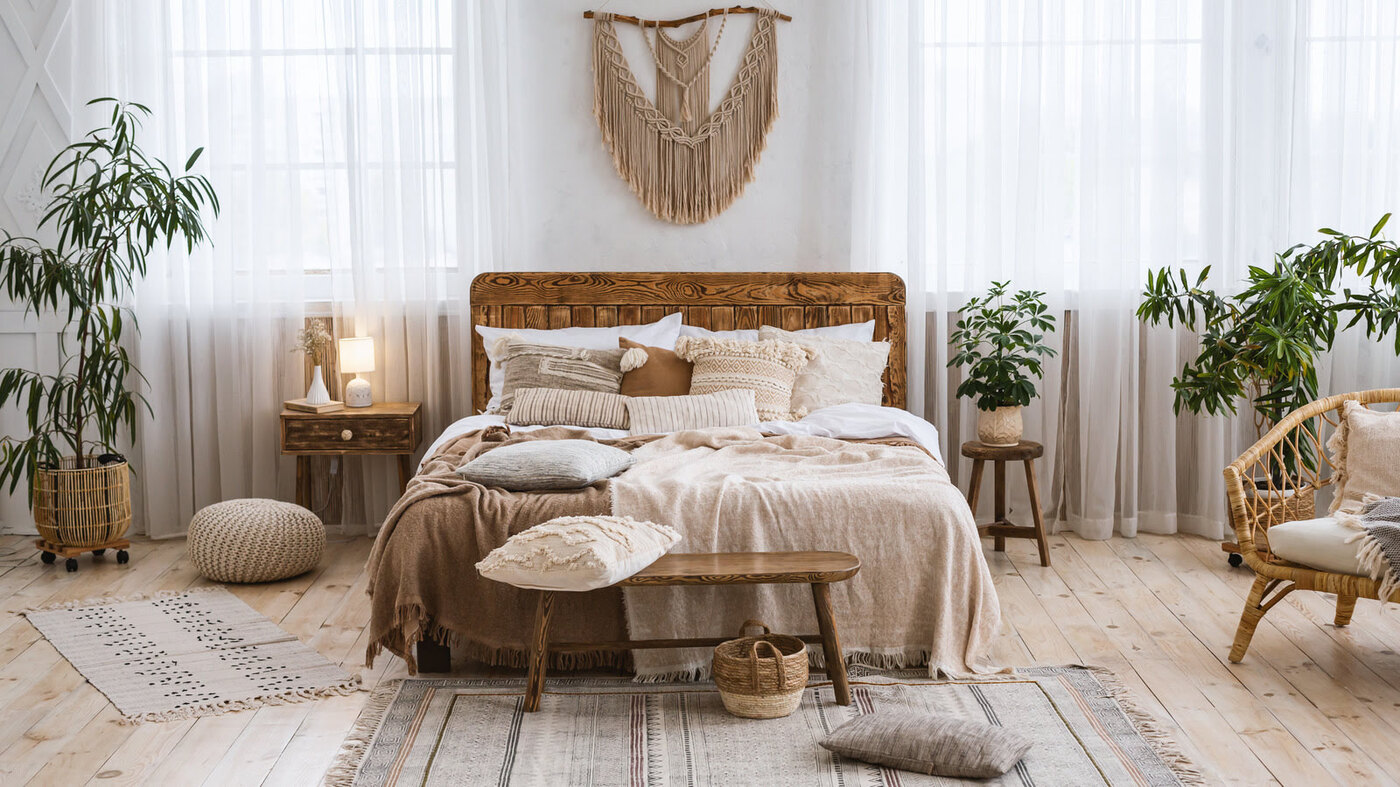

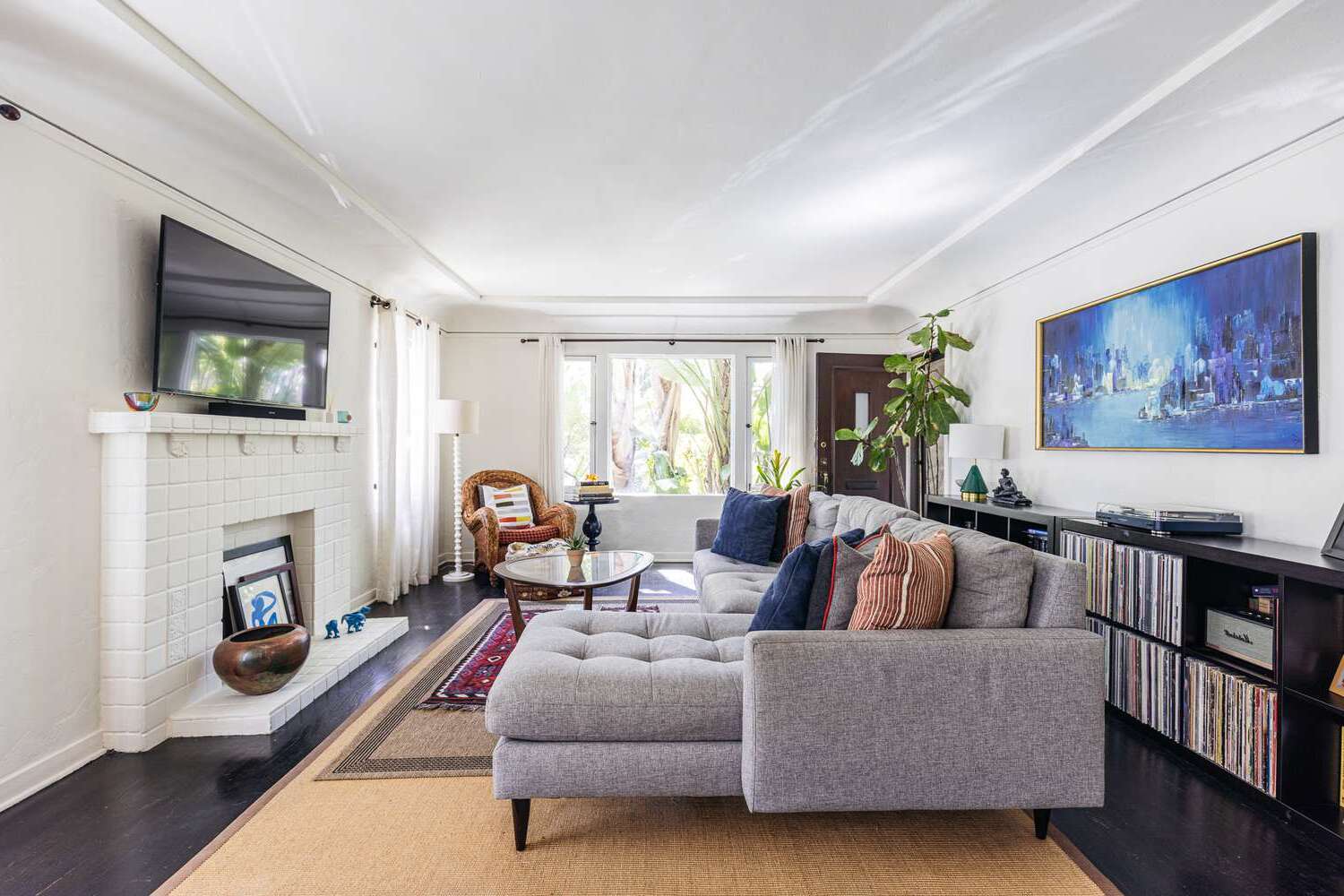
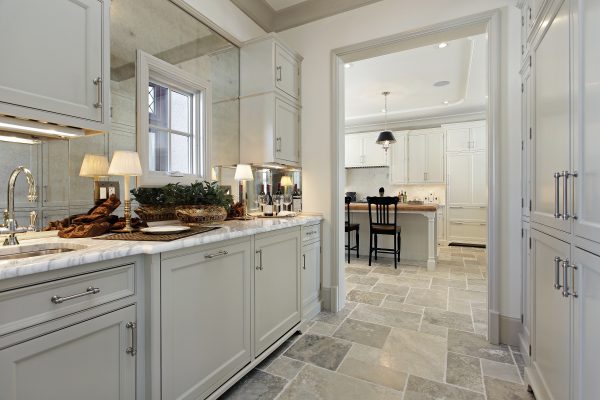
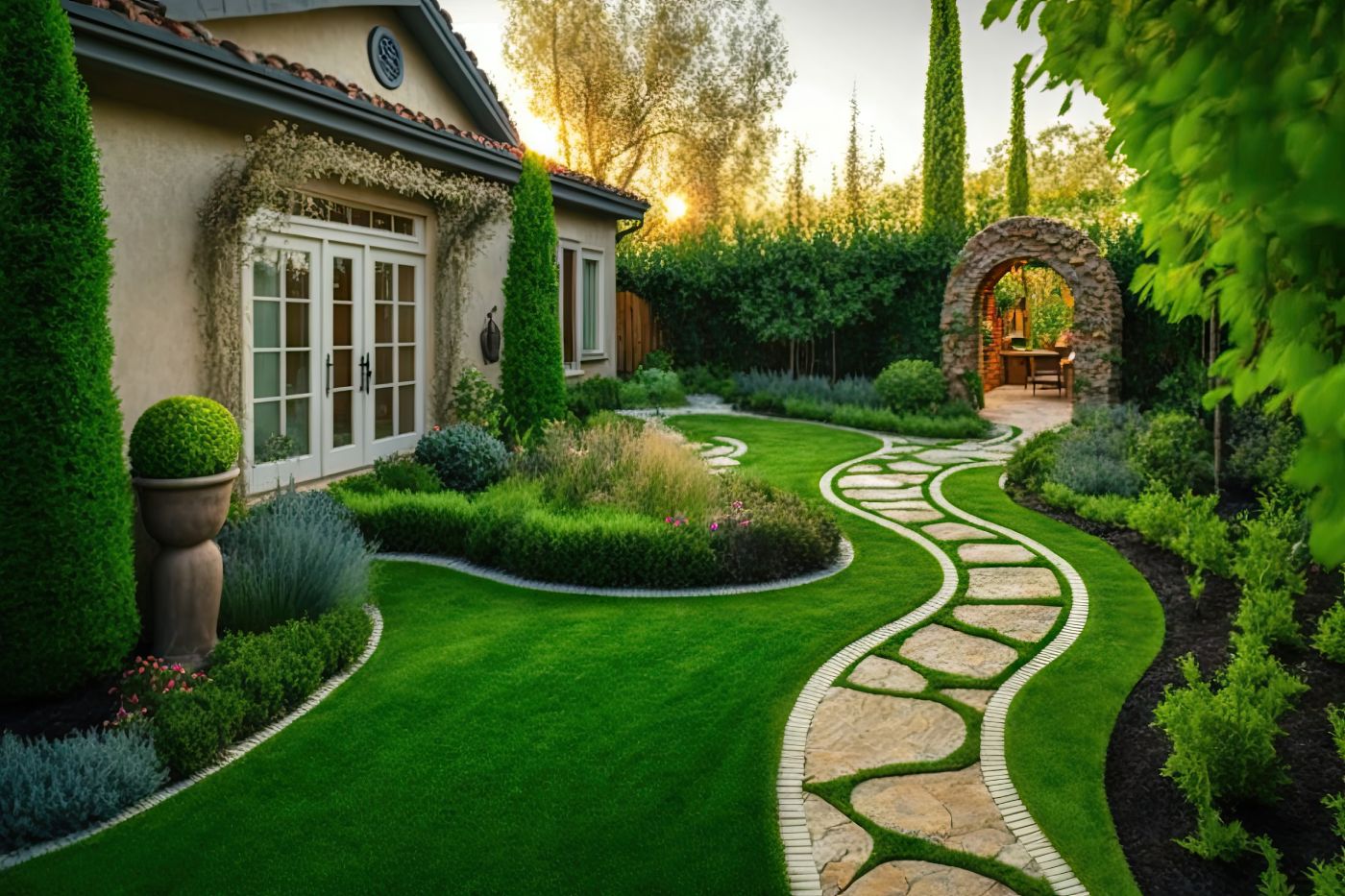
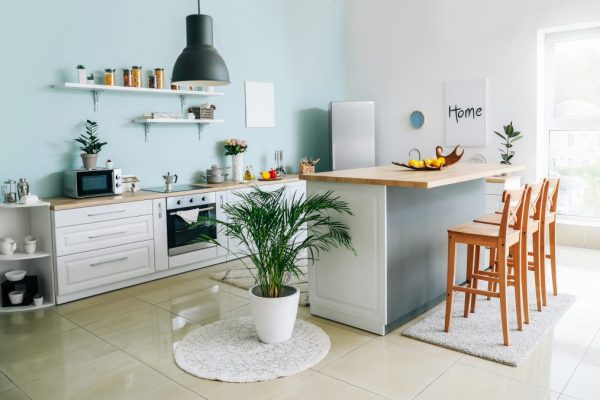
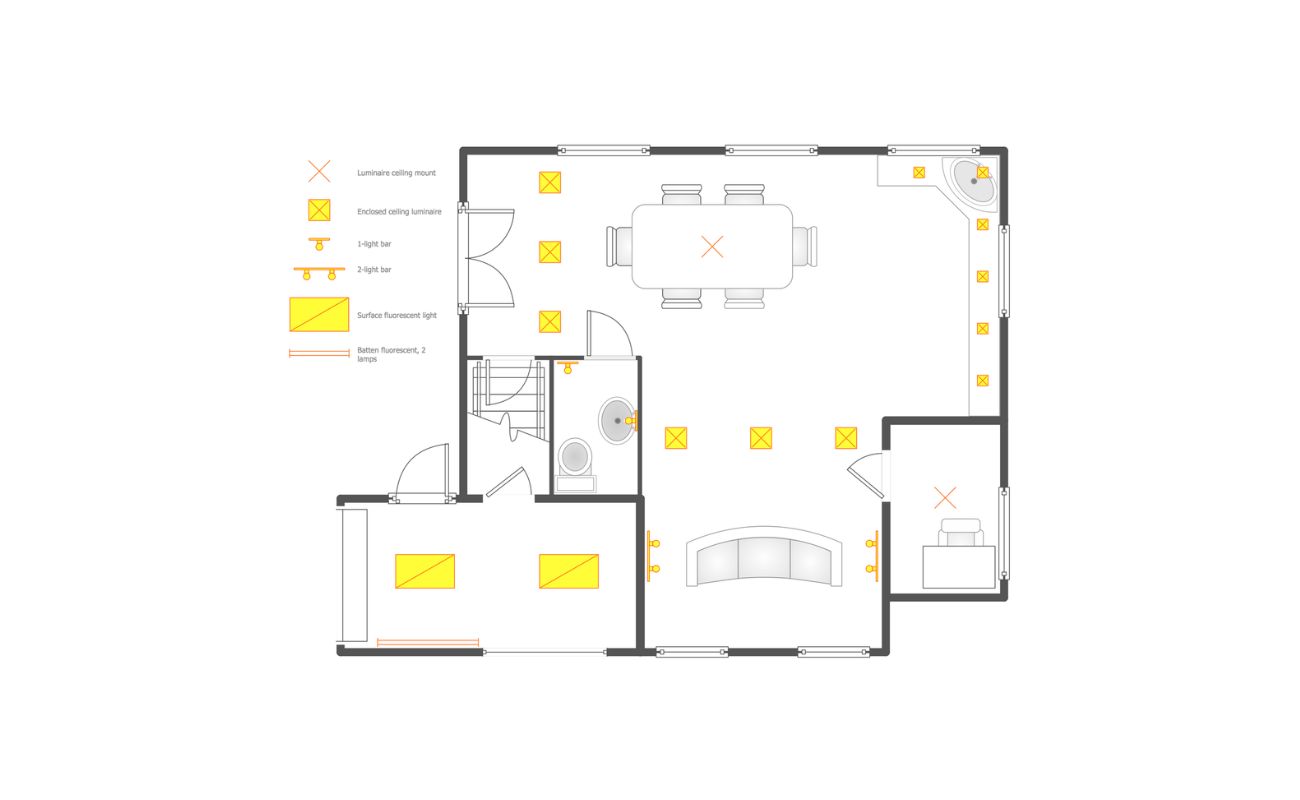
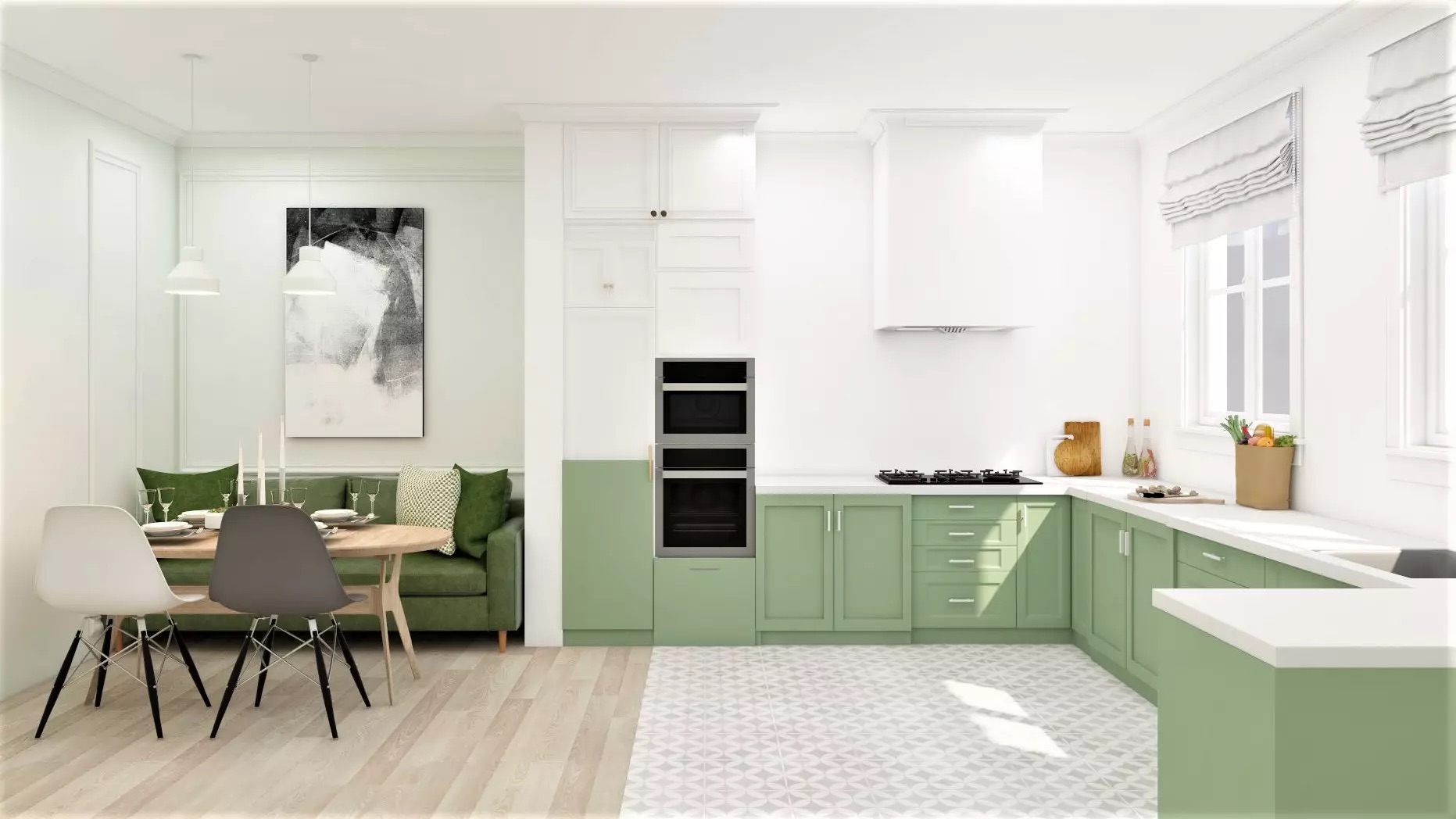

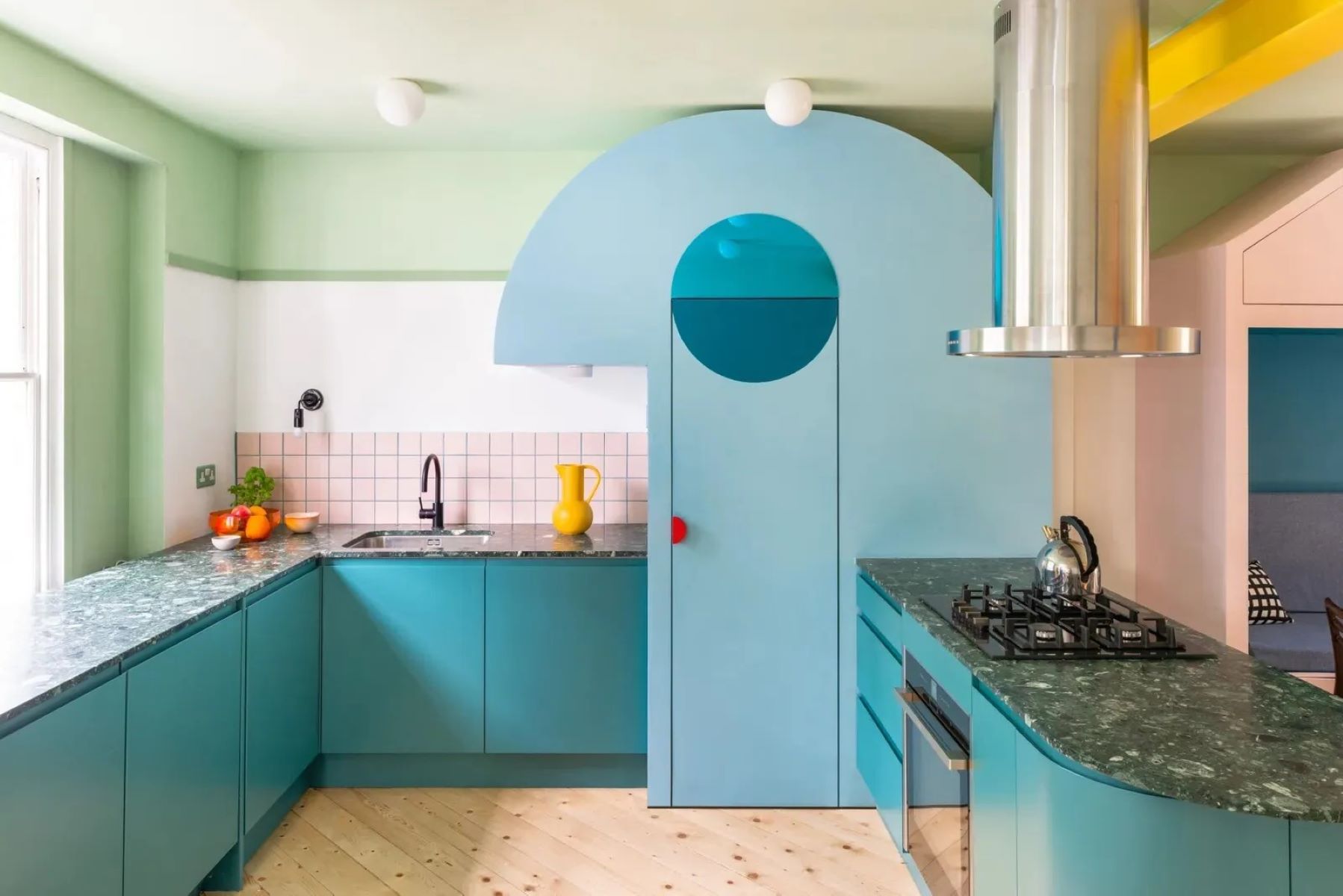
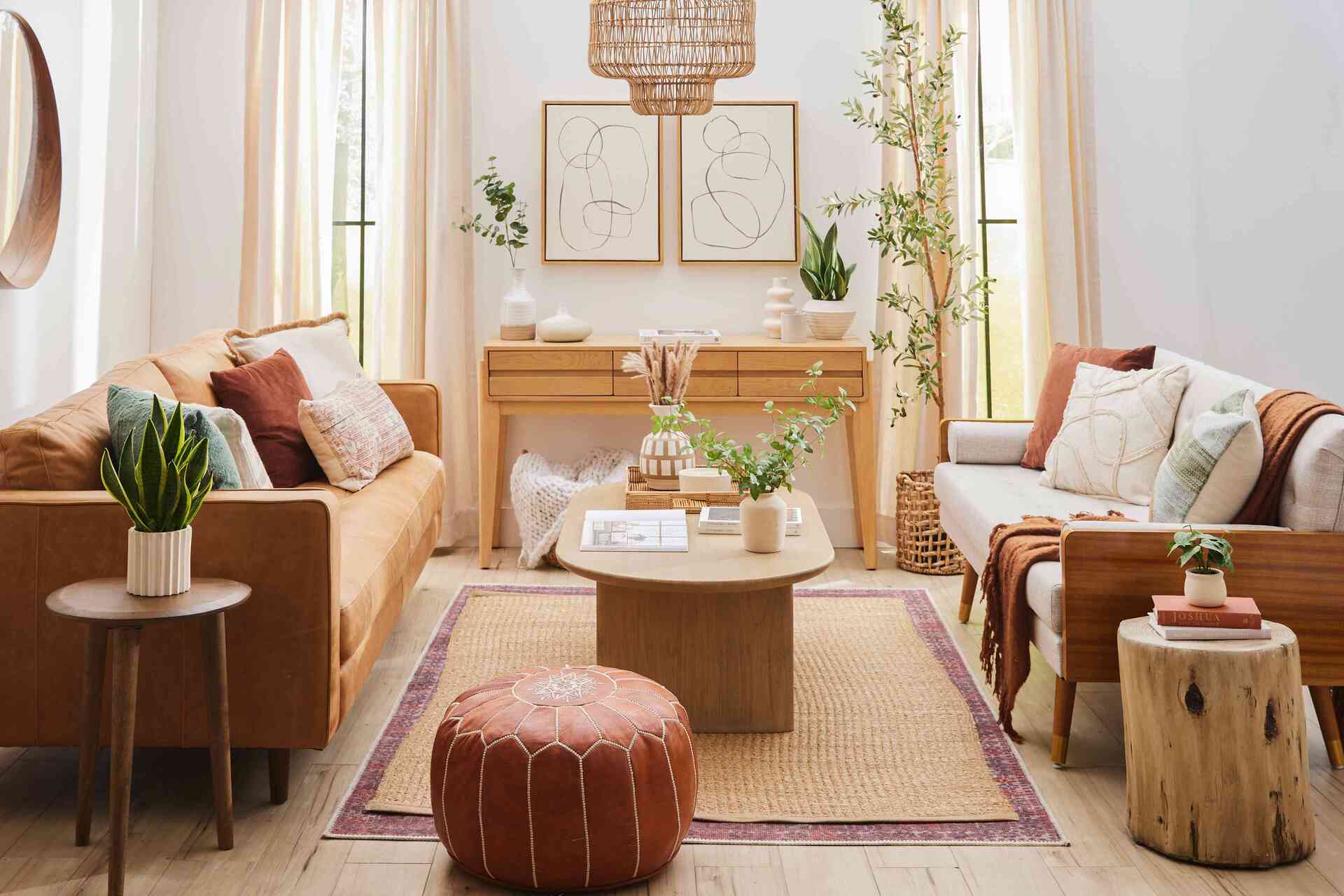

0 thoughts on “How To Plan Kitchen Lighting: Tips For Designing A Kitchen Lighting Layout”